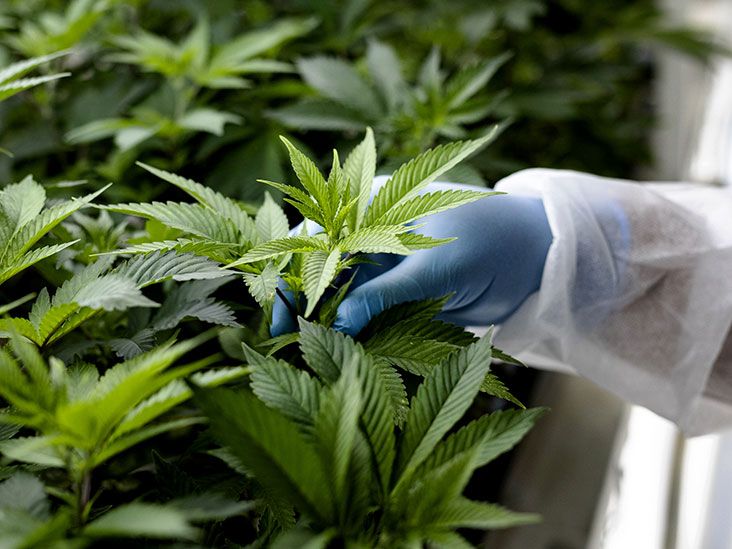Cannabis Terpene Safety & Dosage: What Consumers Need to Know Before Buying

Terpenes help define the flavor, aroma, and overall feel of cannabis, but many buyers overlook how important it is to understand terpene safety and proper dosage. With more terpene-rich products on the market- from flowers to vapes to infused oils, knowing how to choose safely can make a noticeable difference in your experience.
Understanding how a Cannabis Terpene profile works is essential for shoppers who want predictable effects, smoother experiences, and better product quality. This guide explains what consumers should know about safe terpene levels, reading labels, potential sensitivities, and how much terpene content is considered normal, using clear, practical information.
What Are Terpenes and Are They Safe?
Terpenes are natural aromatic compounds found in cannabis, fruits, spices, and botanical extracts. They’re widely used in food and fragrance industries and are typically considered safe when consumed in normal amounts. This includes terpene-rich cultivars like the Citrus Sunrise strain, known for its bright, citrus-forward profile.
However, terpene concentration matters, especially in manufactured products. As plant secondary metabolites, cannabis naturally contains small, balanced terpene levels. Some vape oils and concentrates may contain higher terpene percentages, which can impact aroma intensity and overall comfort.
How Much Terpene Content Is Normal?
Here’s a simple guideline based on common cannabis lab results:
In Flower
- 0.5% – 2% total terpenes: Normal and balanced
- 2% – 4%: Strong aroma, high-quality flower
- 4%+ : Very aromatic; may feel more intense to sensitive users
In Vapes or Oils
- 1% – 5% added terpenes: Typical and generally well-tolerated
- 5% – 10%: Very strong flavor; may be harsh for some users
- 10%+ : Considered high; best approached with caution
Natural plant levels are usually gentle, but added terpenes in manufactured products can be stronger.
Understanding Terpene Sensitivities
Most people tolerate terpenes well, but some may notice:
- Throat irritation (especially in high-terpene vapes)
- Strong aroma sensitivity
- Occasional coughing with citrus or pine-heavy blends
- Overly “sharp” or perfumed flavor when percentages are too high
These reactions are usually related to concentration, not the terpene itself.
Pro tip:
If you’re sensitive to fragrances, start with lower terpene percentages and increase slowly.
Which Terpenes Tend to Feel Gentler?
Often described as mild, earthy, or smooth:
- Myrcene
- Linalool
- Humulene
These are great starting points for people who want subtle aromas or gentle effects.
Which Terpenes Can Feel More Intense?
Not harmful – simply more noticeable:
- Limonene (bright citrus)
- Pinene (pine, fresh)
- Terpinolene (sharp, herbal)
- Eucalyptol (cool, minty)
High levels of these in vapes or extracts can create a stronger sensory impact.
How to Read Terpene Labels Safely
Always check lab reports or product packaging for:
1. Dominant terpene
Example:
Myrcene 0.9%
Limonene 0.6%
Caryophyllene 0.4%
2. Total terpene percentage
This is the best indicator of aroma strength and intensity.
3. Natural vs. botanical terpenes
Both are common, but botanical terpenes may taste slightly different than cannabis-derived ones.
4. Additive amounts in vapes
Products listing 10–20% terpenes may be too strong for new users.
Safe Starting Points for Terpene Dosage
For Flower
- Begin with strains below 2% total terpenes
- Move up gradually to richer profiles
For Vape Pens
- Start with under 5% added terpenes
- Increase slowly based on comfort
For Oils or Edibles
- Begin with mild terpene blends
- Try high-aroma formulas later
Red Flags to Watch For
Avoid products that:
- Do not provide lab-tested terpene data
- List extremely high terpene content without explanation
- Taste artificial, perfumed, or harsh
- Do not include verified third-party testing
Transparency equals safety and quality.
How to Choose the Safest Terpene Profile for You
✔ Prefer smooth, gentle scents?
Choose myrcene, linalool, or humulene.
✔ Want bright, energetic aromas?
Try limonene or pinene, but start low if sensitive.
✔ Prefer balanced, middle-ground profiles?
Look for caryophyllene or terpinolene blends.
✔ Not sure where to start?
Pick products with mixed terpene profiles rather than one dominant terpene.
Are Terpenes Safe to Combine With THC or CBD?
Yes. Cannabis naturally combines cannabinoids and terpenes, and most consumers prefer this synergy because it creates more balanced, predictable experiences.
Everyone’s tolerance is different- gradual testing is key.
Final Thoughts
Terpenes add far more than aroma – they help shape how cannabis feels and how enjoyable the experience is. Understanding safety, concentration levels, and how to read terpene labels empowers you to choose products confidently and avoid unwanted intensity.
By starting slowly, knowing what percentages mean, and selecting trusted brands with clear lab results, you can enjoy terpene-rich cannabis safely and comfortably.
